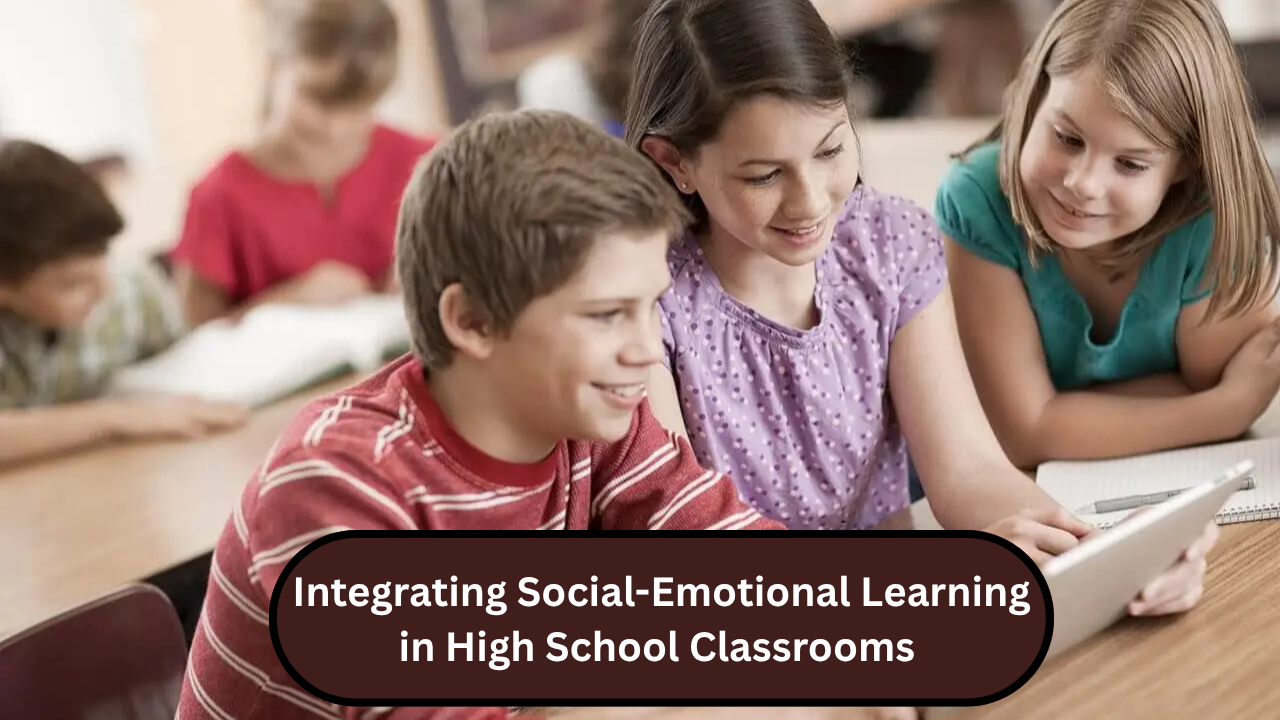In today’s fast-paced and stressful world, students need more than just academic knowledge to succeed. That’s where Social-Emotional Learning (SEL) comes in. SEL helps students understand themselves, manage emotions, build healthy relationships, and make good decisions. By teaching SEL in high school, educators can help teenagers develop the life skills they need both in school and in the real world. SEL also helps create a more positive, respectful, and supportive classroom environment. Let’s explore how integrating SEL into high school classrooms can lead to long-term success for students.
Teaching Emotional Awareness and Self-Management
One of the key parts of SEL is helping students become aware of their own emotions and learn how to manage them. In high school, teens often face stress from exams, peer pressure, and future planning. SEL activities like journaling, mindfulness exercises, or daily check-ins can give students time to reflect and process their feelings.
Teachers can also use classroom discussions to help students recognize emotional triggers and learn calming strategies. By practicing emotional awareness, students become more in control of their reactions and can better handle academic and personal challenges.
Building Positive Relationships and Social Skills
Another important part of SEL is teaching students how to interact with others in respectful and supportive ways. High school is a time when friendships and group dynamics matter a lot. SEL programs that include group work, role-playing, or peer feedback help students learn how to listen, communicate, and resolve conflicts.
These social skills are not only helpful in school but also in future jobs and relationships. When students feel connected and supported by their peers, they are more likely to participate in class and feel confident.
Integrating Social-Emotional Learning in high school classrooms is no longer just a nice idea—it’s a necessity. SEL helps students manage emotions, build relationships, and make thoughtful decisions. These skills support both academic success and mental health. Schools that include SEL create safer, more respectful environments where students feel valued and understood. By adding simple SEL strategies into daily lessons, teachers can help students grow into emotionally strong and socially responsible individuals. In the end, SEL not only improves classroom behavior but also prepares teens for a successful adult life.
FAQ’s:
Q1. What is Social-Emotional Learning (SEL)?
A1. Social-Emotional Learning (SEL) is the process of developing skills like emotional awareness, self-control, empathy, communication, and responsible decision-making.
Q2. Why is SEL important for high school students?
A2. SEL helps teens manage stress, improve relationships, and build confidence. It prepares them for real-life situations, both in personal and professional life.
Q3. Can SEL be included in all subjects?
A3. Yes, SEL can be integrated into any subject. Teachers can include reflective questions, group work, or emotional check-ins during regular lessons.
Q4. How does SEL affect classroom behavior?
A4. SEL improves behavior by helping students understand emotions, avoid conflicts, and work better with others. It reduces bullying and improves focus in class.
Q5. What are some easy SEL activities for high school?
A5. Simple SEL activities include daily mood check-ins, journaling, team-building games, group discussions, role-playing, and guided breathing exercises.
